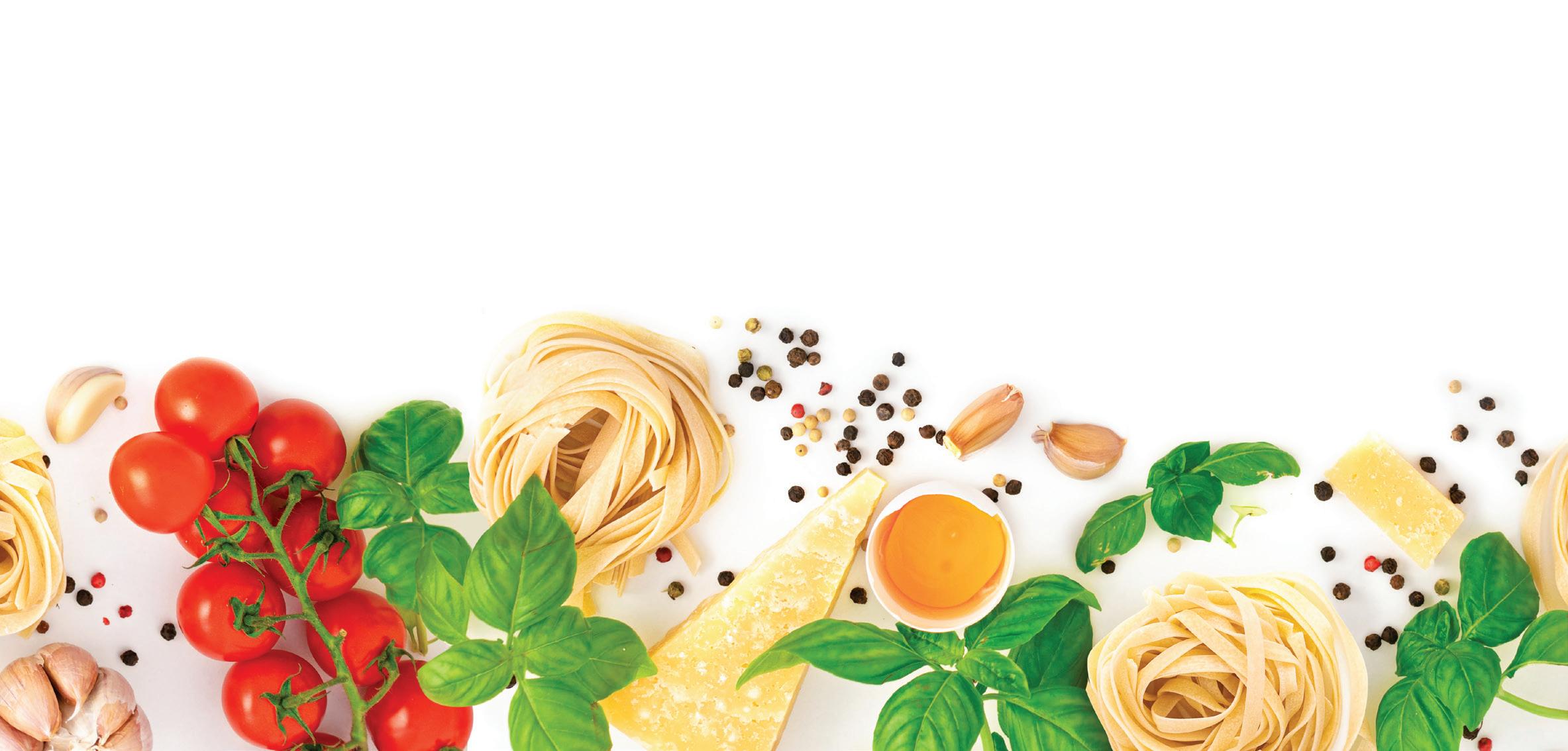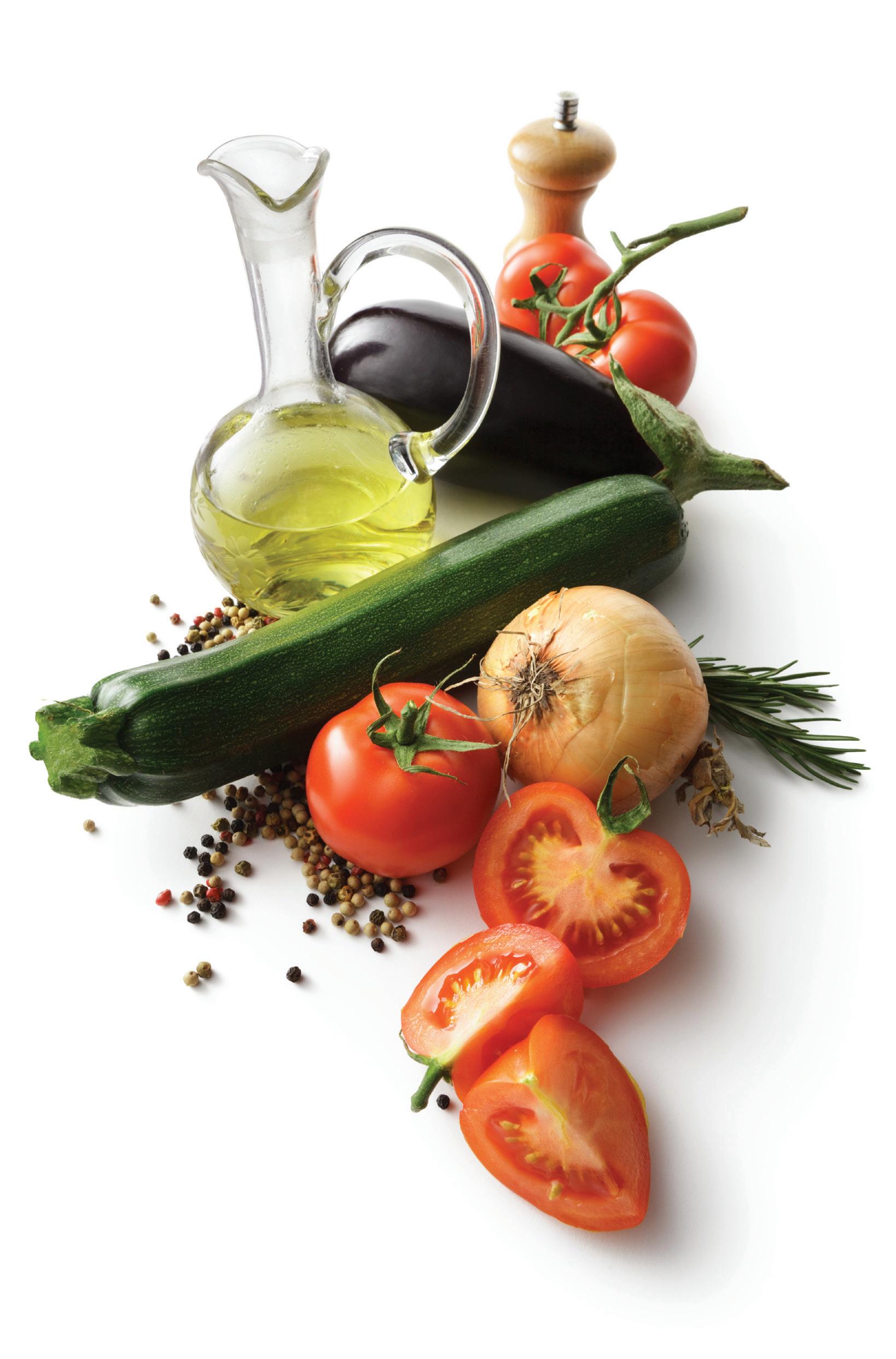
5 minute read
Eating the Mediterranean Way
Mediterranean Moves
An expert’s view of the pleasures of a U.S. News top diet
by Kelly LeBlanc
Y
OU DON’T HAVE to hop on an airplane to enjoy the numerous documented health benefits of a Mediterranean diet, consistently a standout in the annual U.S. News Best Diets rankings. (For a wealth of information on the eating plans featured, visit usnews.com/diets.) In fact, you’ll be working with many familiar ingredients, such as pasta. The difference lies in how these ingredients are served – and what they’re partnered with on the plate. Here are a few tips to help you get started:
1. Put flavor first.
One of the best things about the Mediterranean diet is that it really isn’t a “diet” at all. Flavor is front and center in this style of eating, which is steeped in a rich culinary and cultural heritage. Mediterranean vegetables in particular steal the show in dishes like Pantescan salad with capers (a flavorful tomato and potato salad), orecchiette con cime di rapa (pasta with broccoli rabe and chile peppers) or fattoush (a vegetable and pita bread salad).
To give ordinary foods a Mediterranean flair, brighten them with a squeeze of fresh lemon or orange juice, add a drizzle of extra virgin olive oil and season them with a generous handful of fresh herbs. Not only do these ingredients add acidity, richness and inviting aromas, but also they’re a healthy way to season dishes without relying too heavily on salt.
2. Opt for olive oil.
Olive oil is your goto fat. It’s just as appropriate drizzled over vegetable salads as it is as the base of sauteed onions and tomatoes. Olive oil is a source of hearthealthy monounsaturated fats and polyphenols.
Having a little bit of fat with your meals can help you better absorb the fatsoluble vitamins (A, D, E and K) in foods; can reduce the glycemic response of a meal, meaning your blood
GETTY IMAGES
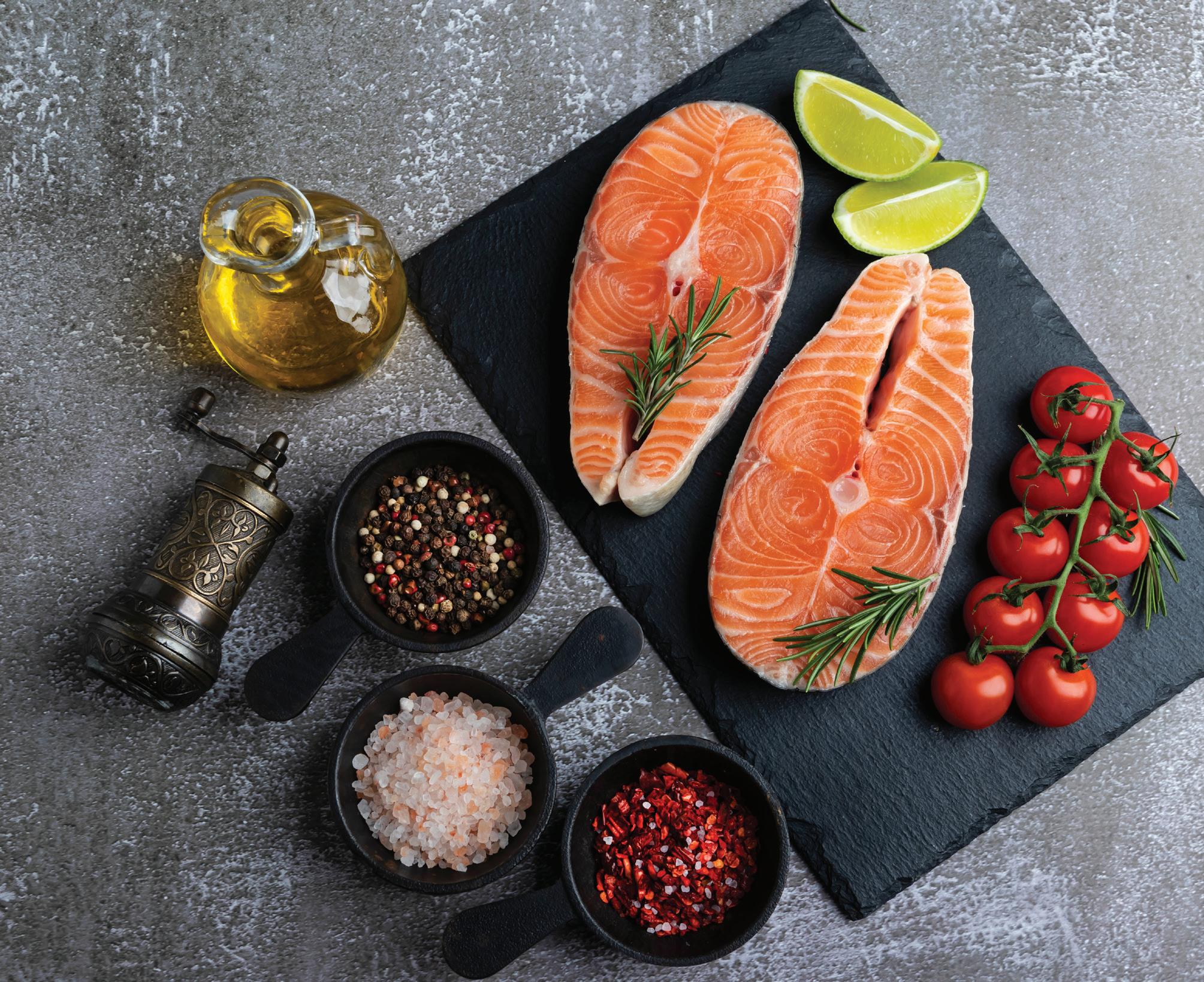
sugar won’t spike as much; and can also contribute to satiety, so you aren’t immediately hungry again. In one study of more than 90,000 people, those eating more than ½ tablespoon of olive oil per day had a 14% to 17% lower risk of heart disease compared with people who didn’t eat olive oil. The scientists also found that replacing 5 grams per day of butter, margarine, mayonnaise or dairy fat with the equivalent amount of olive oil was linked with a 5% to 7% lower risk of heart disease.
A product labeled “extra virgin olive oil” was naturally extracted (cold processed) with no heat or chemicals and has more of its original flavors and nutrients intact. Extra virgin is the highest-quality virgin olive oil, meeting both chemical (acidity) and sensory (taste and smell) standards set by the International Olive Council.
For the best health benefits, it’s important to store olive oil without exposure to light, heat and oxygen, and to use it before the best-by date on the bottle.
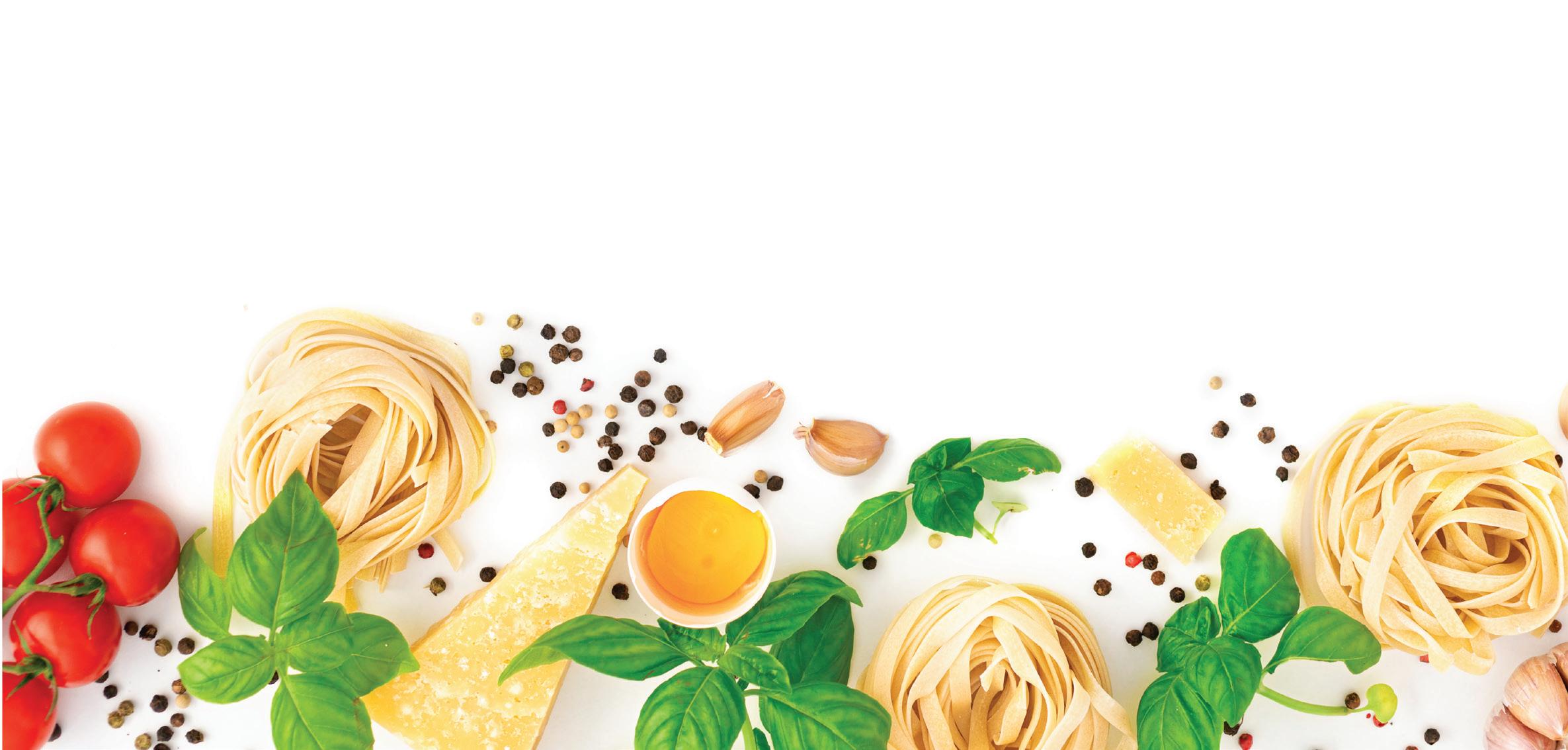
3. Feast on fish.
While most Americans generally eat enough protein, we tend to over-sample from the meat and poultry categories and fall short on seafood and plant-based proteins like legumes. One easy way to embrace the Mediterranean diet is to have seafood-based meals a few times per week.
Not all fish are created equal in the flavor and texture department. Grilled shrimp and grilled octopus have a pleasant, meaty texture, while salmon can be buttery and almost steak-like in its richness. Pan-fried sardine or salmon patties are also a delicious choice. For an affordable and easy weeknight option, turn to canned or pouched tuna or salmon.
4. Bring on the beans.
There are plenty of plant-based Mediterranean dishes that provide protein. Many popular recipes feature this combination of protein and fiber, among them pasta e fagioli (an Italian pasta and bean soup) and espinacas con garbanzos (a Spanish dish made of stewed chickpeas and spinach).
Try using lentils in a casserole or vegetarian Bolognese sauce, mixing chickpeas or cannellini beans into pasta or grain bowls, or choosing hummus or a nut-based trail mix as a snack. Additionally, walnuts and flaxseed offer plant-based sources of omega-3 fatty acids and are important to eat if fish is not frequently on your menu.
5. Find fermented dairy foods.
In the traditional Mediterranean diet, milk spoiled quickly, so it was often enjoyed in small amounts in its fermented form – as yogurt or artisan cheese. Fermented foods are linked with healthy changes to the gut microbiome.
Although dairy is important in a Mediterranean diet, the focus is on quality over quantity. A small amount of a flavorful cheese can be the perfect finishing touch to a mixed green and tomato salad or a warm bowl of wholewheat pasta. Creamy, protein-filled Greek yogurt is delightful in a breakfast bowl with fresh fruit, mixed nuts and a drizzle of honey. To explore the savory side of yogurt, make a tzatziki sauce with Greek yogurt, garlic and fresh herbs and serve it as a dip for fresh or roasted vegetables.
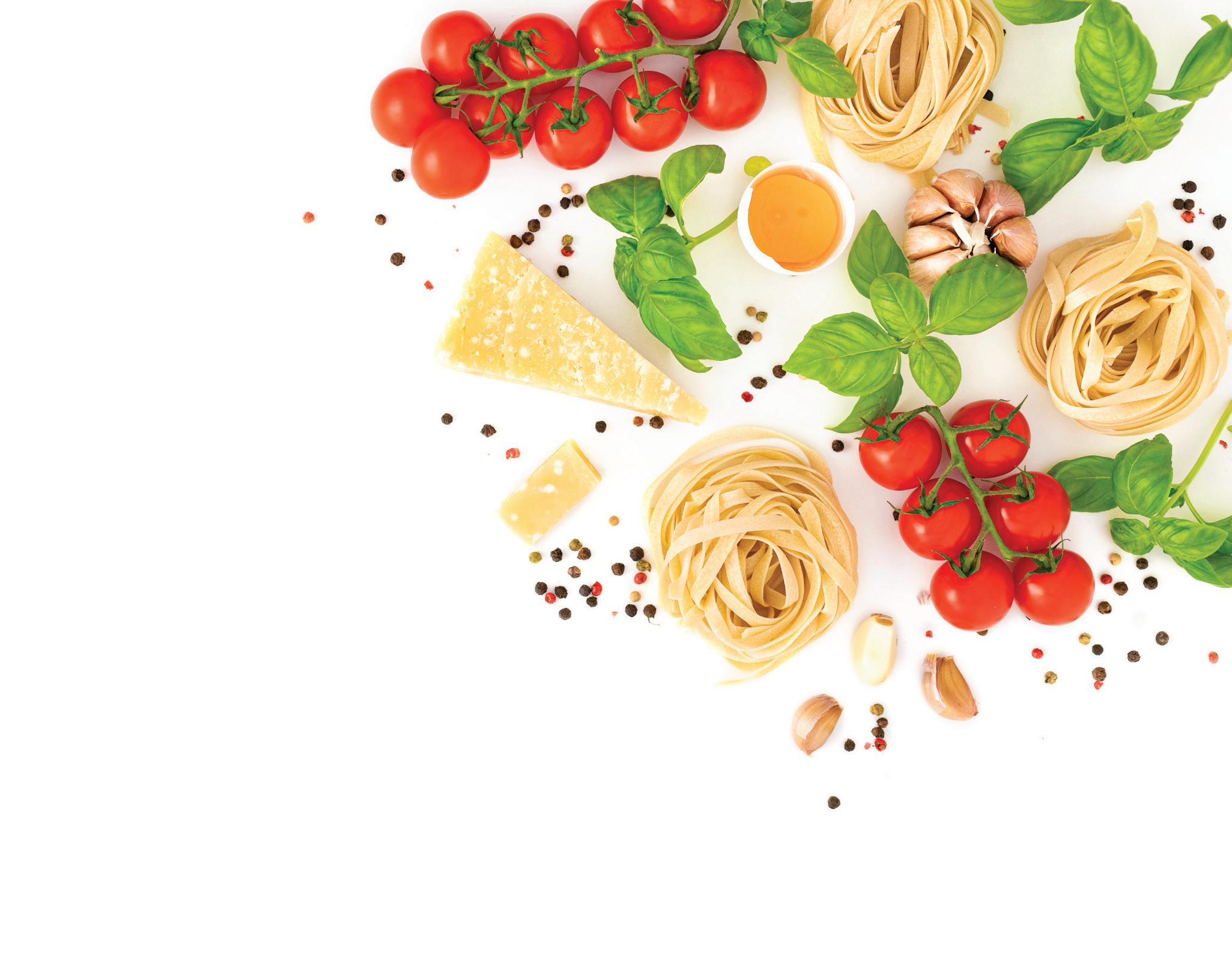
6. Embrace the rest of the lifestyle, too.
The base of the Mediterranean diet pyramid we use at Oldways depicts images of people eating together, cooking together and being active to illustrate that these practices are an important part of an overall Mediterranean lifestyle that can help us manage stress and maintain our health. Traditionally, Mediterranean meals were not rushed eating occasions in a cubicle or drive-through, but rather were a time for socializing with loved ones. And in places like Italy, Spain and Greece, dinner is often followed by an evening walk. While many people have sacrificed mindful meals in managing their busy lifestyles, the tide may be turning. For some families, the COVID-19 pandemic created space to reclaim mealtime and savor home-cooked recipes with loved ones. No matter where you are, you can take a Mediterranean staycation by embracing the key elements of the diet and lifestyle – and be well on your way to better health and well-being. l
Kelly LeBlanc is a registered dietitian and director of nutrition at Oldways, a nonprofit organization that inspires people to rediscover the joys of the old ways of eating.
GETTY IMAGES (2)
